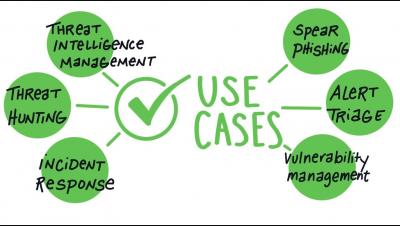SANS Report Reveals Significant Growth in Automation: Maximize Your Investments
The SANS 2021 Automation and Integration Survey is now available for download, focusing on the question: First we walked, now we run – but should we? Let’s face it, we’ve talked about security automation for years. We’ve grappled with what, when and how to automate. We’ve debated the human vs machine topic.











